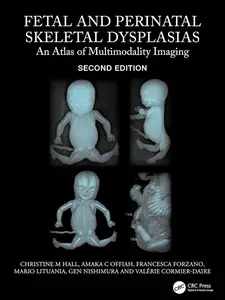Il libro segreto di CasaPound - Paolo Berizzi
Italiano | 2025 | 208 Pages | ASIN: B0FDJ6TD51 | EPUB | 2.08 MB
Italiano | 2025 | 208 Pages | ASIN: B0FDJ6TD51 | EPUB | 2.08 MB
«Un libro d'inchiesta è tanto più efficace quanto più sono dirette e preziose le voci che si trovano all'interno. In queste pagine troverete una sola voce, densa, preziosa come un diamante per la conoscenza collettiva. È la voce di un militante neofascista che solleva il velo nero che copre la sua organizzazione e che vi guiderà alla scoperta di un mondo ancora troppo oscuro. Un mondo che ci riguarda tutti, perché il neofascismo - soprattutto quando è sdoganato, sfacciato, protetto e coperto direttamente o indirettamente da chi ha in mano il potere - è pericoloso per la democrazia.» Paolo Berizzi
















